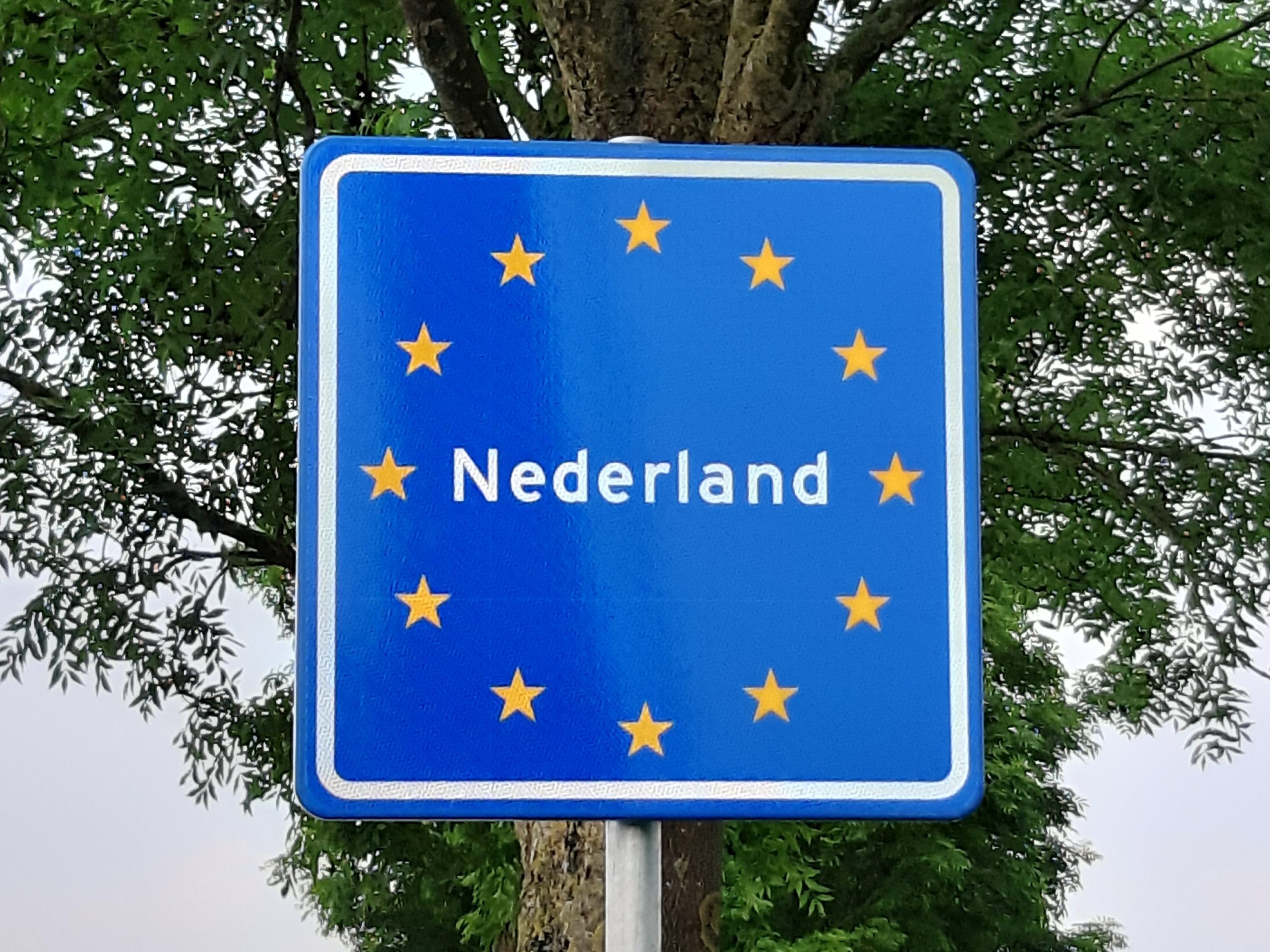New EU border system to be launched in autumn 2024
Claudia Delpero
The new EU border system, which will replace the stamping of passports with digital-only checks, will start operating in the second half of 2024, EU ministers agreed on Thursday at the EU home affairs council meeting in Luxembourg.
Six months later, in the first half of 2025, many non-EU citizens will have to apply to the European Travel Information and Authorization System (ETIAS) and pay a €7 fee for short stays in the Schengen area, according to the new timeline.
Launched in 2024, the Entry/Exit System (EES) will record the data of non-EU citizens arriving and leaving the Schengen free-movement area. The information (name, type of travel document, fingerprints, facial images and the date and place of arrival and departure) will be held in a database for three years, which will automatically renew at each entry.
The EES will be enforced in EU countries except Bulgaria, Cyprus, Ireland and Romania, as well as by Iceland, Liechtenstein, Norway and Switzerland.
In the Netherlands, EES kiosks will be installed at maritime and air border crossing points, including Hoek van Holland, IJmuiden, Schiphol, Rotterdam airport and the Eurostar stations in Rotterdam and Amsterdam. An information campaign will be launched in advance.
The EES was due for launch in May 2023 after several delays, but it was postponed again at the beginning of the year because of IT problems. The new timeline does not specify the month of entry into operation.
The ETIAS will require non-EU citizens who do not need a visa for short stays in Schengen countries to apply for a travel authorisation before departure. The cost will be €7, but the ETIAS will be free for visitors under 18 or over 70, or family members of EU citizens or of nationals of Iceland, Liechtenstein, Norway or Switzerland.
EU citizens and non-EU citizens who are resident in Schengen countries will be exempted from such checks, as well as some of their family members.
The ETIAS will only concern visitors from countries or territorial authorities that do not need a visa to enter the EU, such as the UEA, Argentina, Mexico, the US and the UK.
Increased security
The systems were set up for security purposes and the EES, in particular, will automatically verify that non-EU visitors stay in the Schengen areas for the limit of 90-day in any 180-day period. Personal data will also be cross-checked with other EU databases, for instance on criminal records.
“At the same time, border crossings would be made easier for frequent, pre-vetted non-EU travellers,” a European parliament document says.
On Wednesday the European Parliament also approved a new law to digitalise visas for the Schengen area, which aims to increase security and replace current stickers on passports.
Non-EU citizens who need a visa for short stays in Schengen countries will be able to apply on a single online platform that will address the request to the authorities of the country or the countries they intend to visit.
Thank you for donating to DutchNews.nl.
We could not provide the Dutch News service, and keep it free of charge, without the generous support of our readers. Your donations allow us to report on issues you tell us matter, and provide you with a summary of the most important Dutch news each day.
Make a donation